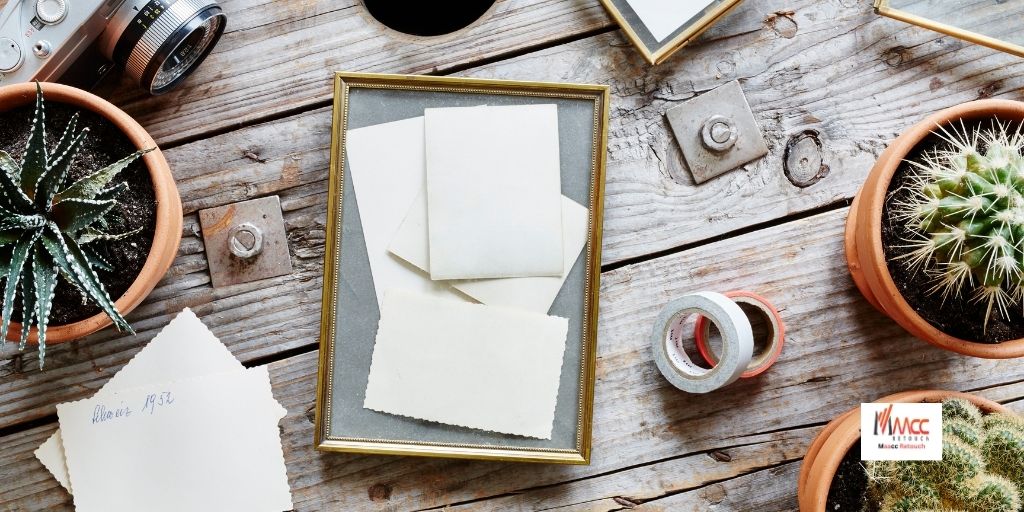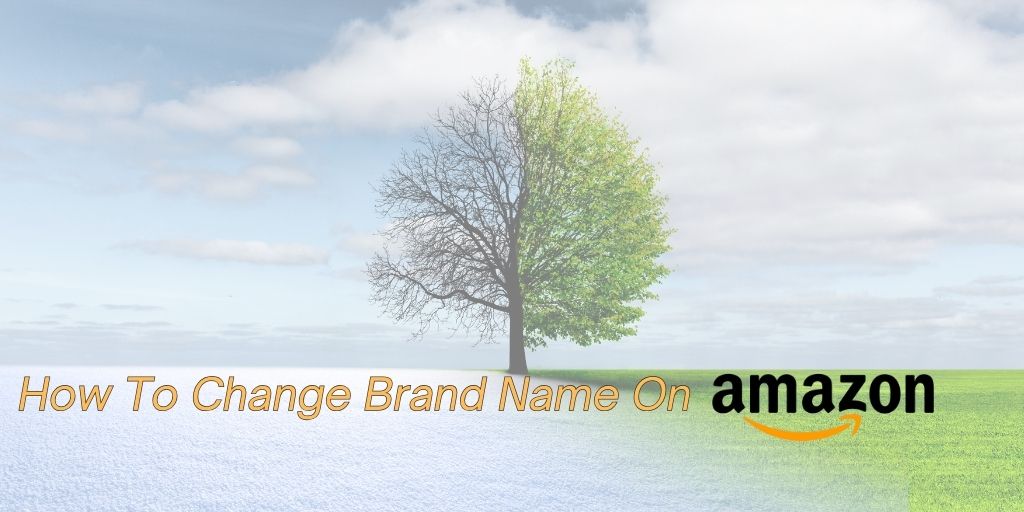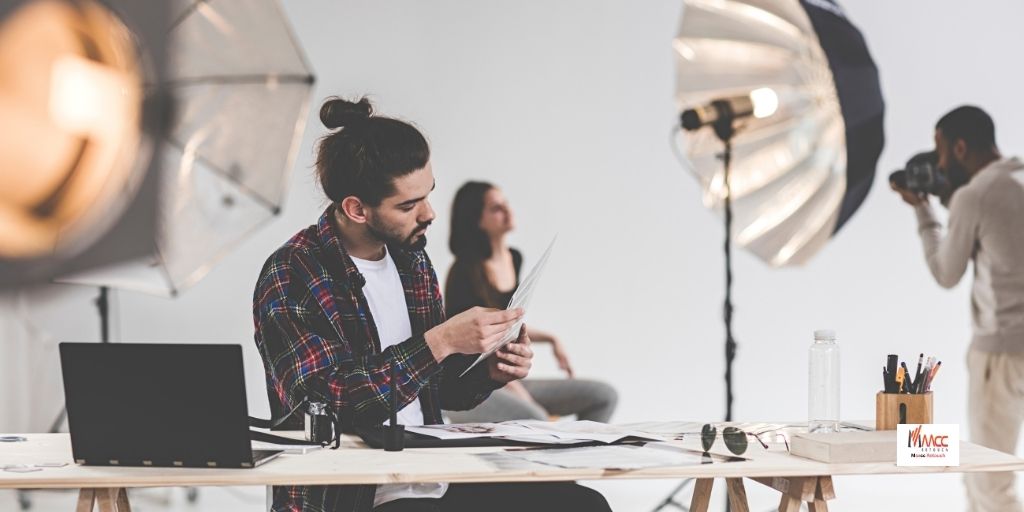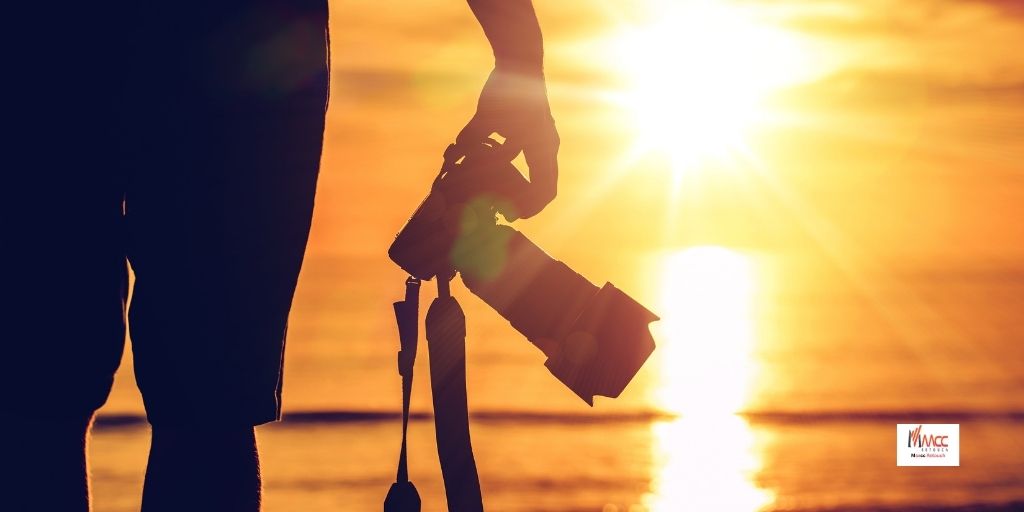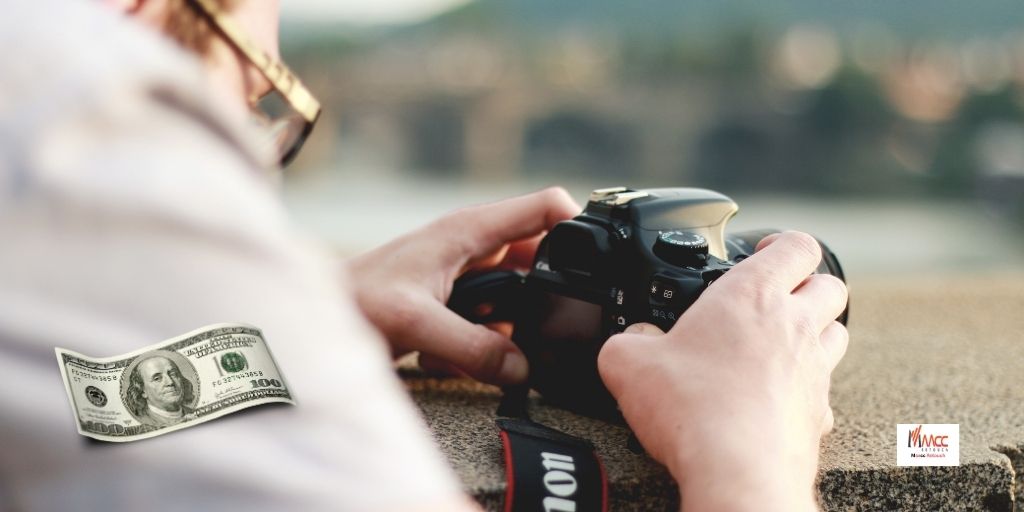Maacc Retouch offers high-quality flat-lay background services for clothes. A well-chosen background is essential in enhancing the visual appeal and professionalism of clothing product images. With Maacc Retouch, you can expect expertly retouched flat-lay backgrounds that complement and elevate your clothing items.
Whether you prefer plain backgrounds for a clean and minimalist look or textured backgrounds for added depth and visual interest, Maacc Retouch provides professional retouching services tailored to your specific needs. By utilizing their services, you can ensure that your clothing products are showcased in the best light, with backgrounds that enhance their overall composition and make a lasting impression on your audience.
What Is Flat-Lay Photography?
Flat lay photography is a style of photography where objects, typically clothing, accessories, food, or other products, are arranged and photographed from a bird’s-eye view. The objects are laid flat on a surface, such as a tabletop or a background, and captured from above.
This technique allows for a visually appealing and organized composition, where the objects are arranged in a deliberate and artistic manner. Flat lay photography is often used in e-commerce, social media, and marketing to showcase products in a visually engaging way.
It allows for the highlighting of details, patterns, textures, and styling possibilities, creating visually appealing and informative images that capture the attention of viewers.
Importance Of Flat Lay Photography In Showcasing Clothing Products
Flat lay photography plays a crucial role in showcasing clothing products effectively, both in e-commerce platforms and other marketing materials. Here are some key reasons why flat-lay photography is important in presenting clothing products:
1. Visual appeal
Flat-lay photography allows clothing products to be presented in an aesthetically pleasing and visually engaging manner. Arranging the items in an organized and artistic way captures the attention of viewers and draws them in to explore the details of the clothing pieces.
2. Displaying details and features
Flat lay photography provides an opportunity to showcase the intricate details, patterns, and textures of the clothing products. By arranging the items in a spread-out manner, individual elements like buttons, stitching, fabric texture, and unique design features can be highlighted, giving customers a clear view of what they can expect.
3. Styling inspiration
Flat-lay photography allows for creative styling and outfit inspiration. By combining different clothing items, accessories, and props, it showcases how the products can be styled and encourages customers to envision various outfit possibilities. This can be particularly useful for customers who are seeking inspiration or guidance when putting together their own outfits.
4. Contextual storytelling
Flat-lay photography can help create a narrative or convey a specific mood or theme. Incorporating props, backgrounds, and other elements, provides context and enhances the storytelling aspect of the clothing products. For example, a flat lay featuring beachwear and accessories arranged on a sandy background can evoke a summery and vacation vibe.
5. Consistency and branding
Flat lay photography allows for consistent presentation of clothing products across various platforms and marketing materials. By using a cohesive style, background, and lighting, it helps establish a recognizable and cohesive brand identity. Consistency in flat-lay photography contributes to a professional and polished image for the brand.
6. Easy comparison and viewing
Flat lay photography enables customers to easily compare different clothing items side by side. This visual comparison helps them make informed decisions about color options, patterns, and styles. It also provides a clear and comprehensive view of the products, eliminating any ambiguity or confusion that may arise from other types of product photography.
Overall, flat-lay photography is an effective and visually engaging method for showcasing clothing products. It allows for creativity, highlighting details, and presenting products in an appealing and organized manner, ultimately helping to attract customers, inspire their styling choices, and drive sales.
Differentiating Between Plain And Textured Backgrounds And Their Effects On The Overall Composition
Plain backgrounds and textured backgrounds offer distinct visual effects and can greatly impact the overall composition of an image, including flat-lay photography. Understanding the differences between these two types of backgrounds will help you make informed decisions when styling your flat-lay shots.
1. Plain backgrounds
Plain backgrounds, as the name suggests, are simple and untextured. They provide a clean and minimalistic look and allow the main subject or objects to take center stage. Common examples of plain backgrounds include solid colors like white, black, or neutral tones.
Effects on composition
- Focus on the subject: Plain backgrounds draw attention to the subject or objects placed on them. They create a sense of simplicity and allow the viewer to focus solely on the clothing items or accessories in the flat lay shot.
- Enhanced visual clarity: Plain backgrounds minimize distractions and provide a clear contrast to the subject. This enhances the visual clarity of the composition, making it easier for viewers to appreciate the details and textures of the clothing items.
- Versatility: Plain backgrounds are versatile and can work well with various clothing styles, colors, and patterns. They provide a neutral canvas that complements the subject without clashing or overpowering it.
2. Textured backgrounds
Textured backgrounds, on the other hand, introduce visual depth and interest to the composition. They can be created using materials like wood, fabric, marble, or any other textured surface.
Effects on composition
- Visual richness: Textured backgrounds add visual richness and dimension to the flat lay shot. The interplay of textures between the background and the clothing items creates a visually intriguing composition.
- Context and atmosphere: Textured backgrounds can help set the context or evoke a specific atmosphere. For example, a wooden background can convey a rustic or natural feel, while a marble background can add a touch of luxury and sophistication.
- Complementing or contrasting elements: Textured backgrounds can either complement or contrast with the clothing items. Complementary textures create a harmonious composition, while contrasting textures create visual interest and dynamic tension.
- Storytelling: Textured backgrounds can contribute to the narrative or theme of the flat lay shot. They can suggest a specific setting, such as a sandy beach or a cozy knitwear environment, enhancing the overall storytelling aspect of the composition.
In summary, plain backgrounds provide a clean and minimalistic look, allowing the subject to take center stage and enhancing visual clarity. Textured backgrounds add depth, visual interest, and context to the composition, contributing to the overall atmosphere and storytelling. Both options have their advantages and can be used strategically depending on the desired aesthetic and message of your flat-lay photography.
Considerations For Selecting Suitable Flat Lay Backgrounds
When selecting suitable flat-lay backgrounds for your photography, there are several considerations to keep in mind. These factors will help you choose backgrounds that complement your subject, enhance the overall composition, and align with your desired aesthetic. Here are some key considerations to take into account:
Subject and style
Consider the clothing items or products you are photographing and the style or vibe you want to convey. The background should align with the subject and complement its colors, patterns, and textures. For example, a minimalist background may work well for sleek and modern clothing, while a rustic background may suit bohemian or vintage styles.
Color palette
Pay attention to the color palette of your subject and choose a background that harmonizes with it. A complementary or contrasting background can create visual interest and make the subject pop. Consider the mood or emotions you want to evoke and select colors that help convey that message.
Texture and pattern
Determine whether you want a plain or textured background. Textured backgrounds can add visual depth and interest to your composition, while plain backgrounds provide a clean and minimalistic look. Consider the textures and patterns present in your subject and choose a background that complements or contrasts them effectively.
Brand identity
If you are photographing for a specific brand, consider their aesthetics and brand identity. The background should align with their visual style and overall brand message. For example, a brand focused on sustainability may choose natural or eco-friendly backgrounds, while a luxury brand may opt for elegant and sophisticated backgrounds.
Storytelling and context
Think about the story or narrative you want to tell with your flat-lay photography. The background can contribute to the context and enhance the storytelling aspect. Consider the environment or setting that complements your subject and select a background that helps convey that narrative.
Versatility
Consider the versatility of the background. Will it work well with a variety of clothing items or products? Versatile backgrounds can be reused for different shoots, providing consistency and efficiency.
Lighting considerations
Different backgrounds can affect lighting and reflections. Consider the lighting conditions in which you usually shoot and how the background will interact with the light. For example, glossy or reflective backgrounds may create unwanted reflections, while matte backgrounds may absorb more light.
By considering these factors, you can choose suitable flat-lay backgrounds that enhance your composition, support your subject, and create a cohesive and visually appealing aesthetic. Experiment with different options to find the ones that best represent your style and convey your intended message.
Popular Flat Lay Background Options For Clothing Photography
Flat-lay photography has become a popular and effective way to showcase clothing products. Choosing the right background for your flat-lay images is essential as it sets the tone and enhances the overall visual appeal of your photographs. Here are some popular flat-lay background options for clothing photography:
Solid-Colored Backgrounds
Solid-colored backgrounds provide a clean and minimalistic look that allows the clothing items to take center stage. White, black, or neutral shades like gray or beige are versatile options that work well with a variety of clothing styles. They create a timeless and elegant aesthetic, making the clothes stand out.
Textured Backgrounds
Textured backgrounds add depth and interest to your flat-lay images. Wood, marble, fabric, or concrete are popular options. Wooden boards or tabletops create a rustic and organic feel, while marble surfaces offer a luxurious and sophisticated look. Experimenting with different textures can add visual appeal and complement the clothing items.
Patterned Backgrounds
Patterned backgrounds can add a unique touch to your flat-lay images, especially when you want to create a specific theme or atmosphere. Floral patterns, geometric designs, or abstract prints can inject personality and creativity into your photographs. However, it’s important to ensure that the patterns don’t overpower or clash with the clothing items.
Natural backgrounds
Taking advantage of natural elements as backgrounds can create a visually appealing and cohesive look. For example, you can use grass, sand, or pebbles for a beach or outdoor-themed shoot. Incorporating foliage, flowers, or branches can provide a fresh and organic backdrop, particularly for sustainable or eco-friendly clothing brand
Minimalist backgrounds
Minimalist backgrounds with simple textures or patterns can create a clean and contemporary look. Plain surfaces like matte paper, acrylic sheets, or tiles offer a sleek and modern aesthetic. These backgrounds work well when you want to focus on the details and textures of the clothing items.
Customized backgrounds
Creating your own customized backgrounds can add a unique touch to your flat-lay photography. You can use fabric, wallpaper, or textured materials that reflect your brand’s identity or suit the clothing style you’re showcasing. Hand-painted or hand-drawn backgrounds can also provide a one-of-a-kind look.
Remember, the key is to choose a background that complements and enhances the clothing items, rather than overpowering them. Consider the style, colors, and textures of the clothes, as well as your brand’s identity and target audience. Experiment with different backgrounds to find the ones that best showcase your clothing products and align with your brand’s vision.
Lighting Considerations For Flat Lay Photography
Lighting plays a crucial role in flat-lay photography, as it can greatly impact the overall look and feel of your images. Here are some important lighting considerations to keep in mind when capturing flat lay shots:
Natural light
Whenever possible, utilize natural light as it provides a soft and flattering illumination. Set up your flat lay near a large window or in a well-lit area to take advantage of natural daylight. Avoid direct sunlight, which can create harsh shadows. Experiment with different times of the day to find the best lighting conditions for your specific setup.
Diffused light
To achieve soft and even lighting, use diffusers to soften harsh light sources. You can place a sheer curtain or a white fabric between the light source and your flat lay to create a gentle and diffused illumination that minimizes shadows and highlights details.
Artificial lighting
If natural light is limited or unavailable, artificial lighting can be used. Continuous studio lights or softboxes provide consistent and controllable light sources. Ensure that the lighting is balanced and doesn’t create unwanted color casts on your subject or background.
Light direction
Consider the direction of light and how it falls on your flat lay setup. Front lighting, where the light source is positioned in front of the flat lay, provides even illumination and minimizes shadows. Side lighting can create depth and dimension by casting shadows and highlighting textures. Experiment with different angles and positions to achieve the desired effect.
Lighting consistency
Maintain consistent lighting across your flat lay by using the same type of light source or ensuring that multiple light sources have similar color temperatures. Consistency in lighting helps create a cohesive look and makes post-processing adjustments easier.
Reflectors and fill lights
Reflectors can be used to bounce light onto the subject, fill in shadows, or create highlights. White foam boards, reflector disks, or mirrors can be positioned strategically to redirect light and enhance the overall lighting balance.
Color temperature
Pay attention to the color temperature of your lighting. Different light sources have varying color temperatures, such as warm (yellowish) or cool (bluish) tones. Ensure that the color temperature is consistent and matches the desired mood and aesthetic of your flat lay.
Remember to experiment with different lighting setups and techniques to achieve the desired look for your flat-lay photography. Pay attention to the interplay of light and shadows, and how they enhance the textures, colors, and details of your subject. With practice and attention to lighting, you can create visually stunning and well-lit flat-lay images.
Editing And Retouching Flat Lay Images With Maacc Retouch
In the competitive world of e-commerce and fashion, high-quality visuals play a crucial role in capturing the attention of potential customers. When it comes to flat-lay photography for clothing, the editing and retouching process can significantly enhance the overall visual appeal of your images. One reliable option for professional editing and retouching services is Maacc Retouch. In this article, we will explore how Maacc Retouch can help elevate your flat-lay images and make your clothing products stand out.
High-quality Editing Services
Maacc Retouch offers a comprehensive range of editing services tailored specifically for flat-lay images. Our team of skilled professionals understands the nuances of clothing photography and can enhance the colors, exposure, and overall tonal balance of your images to ensure they look vibrant and appealing.
Background Removal and Replacement
Sometimes, the background of a flat-lay image may distract from the clothing items. Maacc Retouch can expertly remove or replace the background, ensuring that the focus remains solely on the clothing products. We can seamlessly blend the clothing with a new background, creating a clean and professional look.
Color Correction and Enhancement
Achieving accurate and appealing colors is essential in clothing photography. With Maacc Retouch, you can rely on our expertise in color correction and enhancement to ensure that the hues of your clothing items are true to life. We can adjust the saturation, contrast, and white balance to create images that pop.
Wrinkle and Imperfection Removal
Flat-lay images often require meticulous attention to detail. Maacc Retouch can eliminate wrinkles, creases, and imperfections from your clothing products, giving them a flawless and polished appearance. This attention to detail can significantly improve the overall presentation and professionalism of your images.
Consistent Image Editing
Maintaining consistency across your flat-lay images is crucial for establishing a cohesive brand identity. Maacc Retouch understands the importance of consistency and can apply specific editing styles and preferences to ensure that all your images have a unified look and feel.
Quick Turnaround Time
When it comes to the e-commerce industry, time is of the essence. Maacc Retouch is known for its prompt and efficient service, delivering edited images within a short turnaround time. This allows you to quickly update your online listings or marketing materials with professionally edited flat-lay images.
In the world of clothing photography, the editing and retouching process can make a significant difference in the visual appeal of your flat-lay images. With Maacc Retouch, you can rely on our expertise and professional services to enhance your images, remove distractions, and create a visually stunning presentation of your clothing products. By utilizing our editing and retouching services, you can stand out in the competitive fashion industry and attract more customers to your brand.
Tips For Styling And Arranging Flat Lay Shots
Styling and arranging flat-lay shots require careful consideration and attention to detail. The way you arrange the clothing items, props, and accessories can significantly impact the overall composition and visual appeal of your flat-lay photography.
Here are some tips to help you style and arrange flat lay shots effectively:
Plan your composition
Before you start arranging the items, have a clear vision of how you want the final image to look. Consider the mood, theme, and story you want to convey. Sketching or creating a mood board can be helpful in visualizing the composition.
Choose a focal point
Select a primary item or garment that will be the central focus of the flat lay shot. This could be the main clothing piece or an accessory. Arrange the other items around it in a way that leads the viewer’s eye towards the focal point.
Consider symmetry and balance
Symmetry and balance can create a visually pleasing composition. You can achieve this by placing items evenly on both sides of the frame or using a grid-like arrangement. However, don’t be afraid to experiment with asymmetry and negative space for a more dynamic and creative composition.
Mind the angles
Symmetry and balance can create a visually pleasing composition. You can achieve this by placing items evenly on both sides of the frame or using a grid-like arrangement. However, don’t be afraid to experiment with asymmetry and negative space for a more dynamic and creative composition.
Use complementary colors
Consider the color palette of the clothing items and props. Choose colors that complement each other and create a harmonious visual effect. You can use the color wheel or color theory principles to guide your color choices.
Play with textures
Incorporate different textures to add depth and interest to your flat-lay shots. Mix fabrics, patterns, and materials that complement each other. For example, pair a smooth silk blouse with a chunky knit sweater or place a delicate lace accessory on a textured surface.
Layer strategically
Layering can add dimension and create depth in your flat lay images. Experiment with layering clothing items or accessories, ensuring that each layer is visible and contributes to the overall composition. You can use tissue paper or transparent fabrics to create subtle layers.
Pay attention to spacing
Allow enough space between each item to avoid overcrowding the frame. This will help each item stand out and maintain clarity in the composition. Use negative space strategically to create a balanced and visually pleasing arrangement.
Add relevant props
Props can enhance the narrative or theme of your flat-lay images. Choose props that are relevant to the clothing items or the intended message you want to convey. For example, if you’re showcasing beachwear, include items like sunglasses, a sun hat, or seashells.
Use repetition and patterns
Incorporate repetition or patterns in your flat-lay shots to create visual interest. This could be repeating a particular prop, using patterns on clothing items, or arranging items in a repeating pattern. Repetition can create a cohesive and visually pleasing composition.
Pay attention to details
Ensure that each item is properly arranged and well-presented. Straighten out wrinkles, fold or arrange garments neatly, and remove any distractions or lint. Small details can make a big difference in the overall professionalism of your flat-lay shots.
Experiment and iterate
Don’t be afraid to experiment with different arrangements, props, and styles. Take multiple shots with various arrangements and review them to see what works best. Learn from each attempt and continuously refine your styling and arranging skills.
Practice and develop your style
Styling and arranging flat-lay shots require practice and experimentation. Develop your unique style by exploring different aesthetics, themes, and techniques. Over time, you’ll develop a signature style that sets your flat-lay photography apart.
Remember, the key to effective styling and arranging of flat-lay shots is to create visually appealing compositions that highlight the clothing items and evoke a desired mood or message. With practice and a keen eye for detail, you can create stunning flat-lay images that captivate your audience.
Conclusion
Maacc Retouch offers top-quality flat-lay background services for clothes. With their expertise in retouching, we can transform plain or textured backgrounds to enhance the visual appeal of clothing product images. By choosing Maacc Retouch, you can expect professional and tailored solutions that elevate your product presentation. Our services ensure that your clothing items are showcased in the best possible light, with backgrounds that complement and enhance their overall composition.


